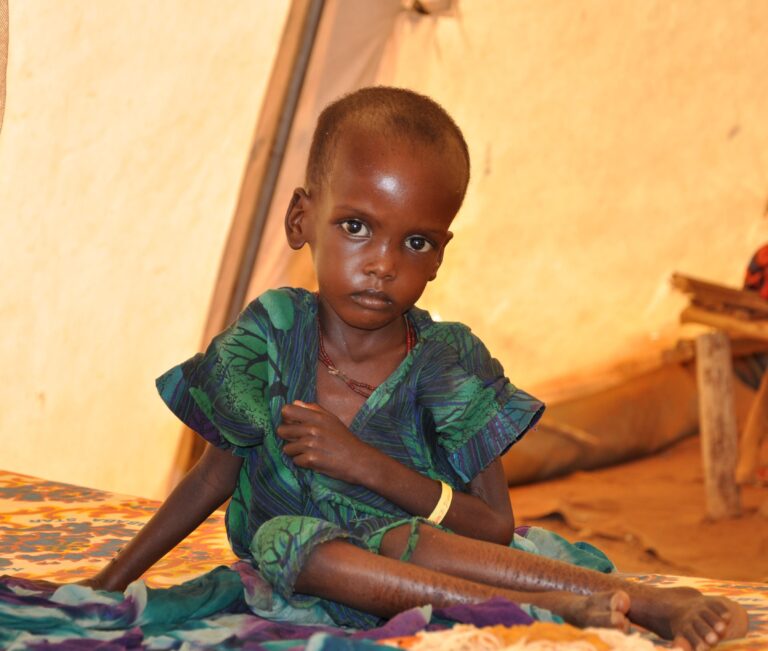Overview of Malnutrition in Madagascar
Malnutrition remains a critical issue in Madagascar, affecting millions of individuals. This island nation, located off the southeastern coast of Africa, struggles with high rates of both undernutrition and overnutrition, leading to a dual burden that complicates public health efforts.
Causes of Malnutrition
The primary causes of malnutrition in Madagascar include poverty, food insecurity, and inadequate healthcare. Many families lack access to sufficient and nutritious food due to economic challenges, leading to stunting and wasting among children.
Impact on Children
Children are particularly vulnerable to the effects of malnutrition, impacting their physical and cognitive development. Malnourished children are more susceptible to diseases, which exacerbates their nutritional status and limits their potential.
Government and NGO Efforts
Various organizations, including the government and non-governmental organizations, are working to combat malnutrition. Initiatives aimed at improving agricultural practices, diversifying diets, and enhancing education about nutrition are critical in tackling this issue.
Community Involvement
Community involvement is essential for the success of malnutrition interventions. Local initiatives that encourage the participation of families in nutrition programs can help empower communities to take ownership of their health and improve food security.
Further Reading
For more information on the challenges of malnutrition in Madagascar, you can visit this resource. Detailed insights on this issue can be found at Borgen Project, a platform that highlights global health challenges.
Conclusion
Malnutrition in Madagascar requires urgent attention and sustainable solutions. By addressing the root causes and implementing comprehensive strategies, there is hope for improving the nutritional status of the population and ensuring a healthier future for Malagasy children.

